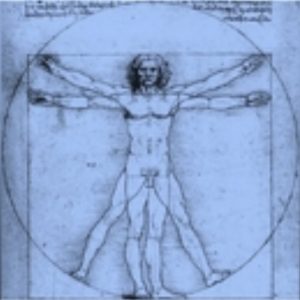Publications

Changes in Muscle Stiffness of the Trapezius Muscle after Application of Ischemic Compression into Myofascial Trigger Points in Professional Basketball Players
Authors: Aleksandra Kisilewicz, Marcin Janusiak, Rafał Szafraniec, Małgorzata Smoter, Bogdan Ciszek, Pascal Madeleine, César Fernández-de-Las-Peñas and Adam Kawczyński
Affiliations: Department of Sport Science, University School of Physical Education in Wroclaw, Wrocław, Poland
Journal: Journal of Human Kinetics - Volume 64, Issue 1 (DOI: 10.2478/hukin-2018-0043)
-
Field & Applications:
- Injury prevention
- Myofascia
- Reliability
- Sport
The study aimed to assess the effects of compression trigger point therapy on the stiffness of the trapezius muscle in professional basketball players (Part A), and the reliability of the MyotonPRO device in clinical evaluation of athletes (Part B). Twelve professional basketball players participated in Part A of the study (mean age: 19.8 ± 2.4 years, body height 197 ± 8.2 cm, body mass: 91.8 ± 11.8 kg), with unilateral neck or shoulder pain at the dominant side. Part B tested twelve right-handed male athletes (mean ± SD; age: 20.4 ± 1.2 years; body height: 178.6 ± 7.7 cm; body mass: 73.2 ± 12.6 kg). Stiffness measurements were obtained directly before and after a single session trigger point compression therapy. Measurements were performed bilaterally over 5 points covering the trapezius muscle. The effects were evaluated using a full-factorial repeated measure ANOVA and the Bonferroni post-hoc test for equal variance. A p-value < .05 was considered significant. The RM ANOVA revealed a significant decrease in muscle stiffness for the upper trapezius muscle. Specifically, muscle stiffness decreased from 243.7 ± 30.5 to 215.0 ± 48.5 N/m (11.8%), (p = .008) (Part A). The test-retest relative reliability of trapezius muscle stiffness was found to be high (ICC from 0.821 to 0.913 for measurement points). The average SEM was 23.59 N/m and the MDC 65.34 N/m, respectively (Part B). The present study showed that a single session of compression trigger point therapy can be used to significantly decrease the stiffness of the upper trapezius among professional basketball players.
Our study confirms that a single treatment session of active MTrPs with ischemic compression causes a decrease in muscle stiffness of the upper portion of the trapezius muscle. A decrease of muscle stiffness has been suggested to improve deficits in range of motion and thereby lower the risk of injuries among baseball players (Bailey et al., 2015). Within the present study, we provided an objective confirmation of the effectiveness of MTrP therapy from a clinical perspective. This treatment may bring immediate pain relief, which is a very important aspect of the treatment and rehabilitation of athletes. Furthermore, it is worth emphasizing that a reduction in muscle stiffness can be objectively quantified using a MyotonPRO device. This opens important clinical possibilities for the diagnostic and treatment of MTrPs outstanding current limitations of the palpation method (Myburgh et al., 2008).


